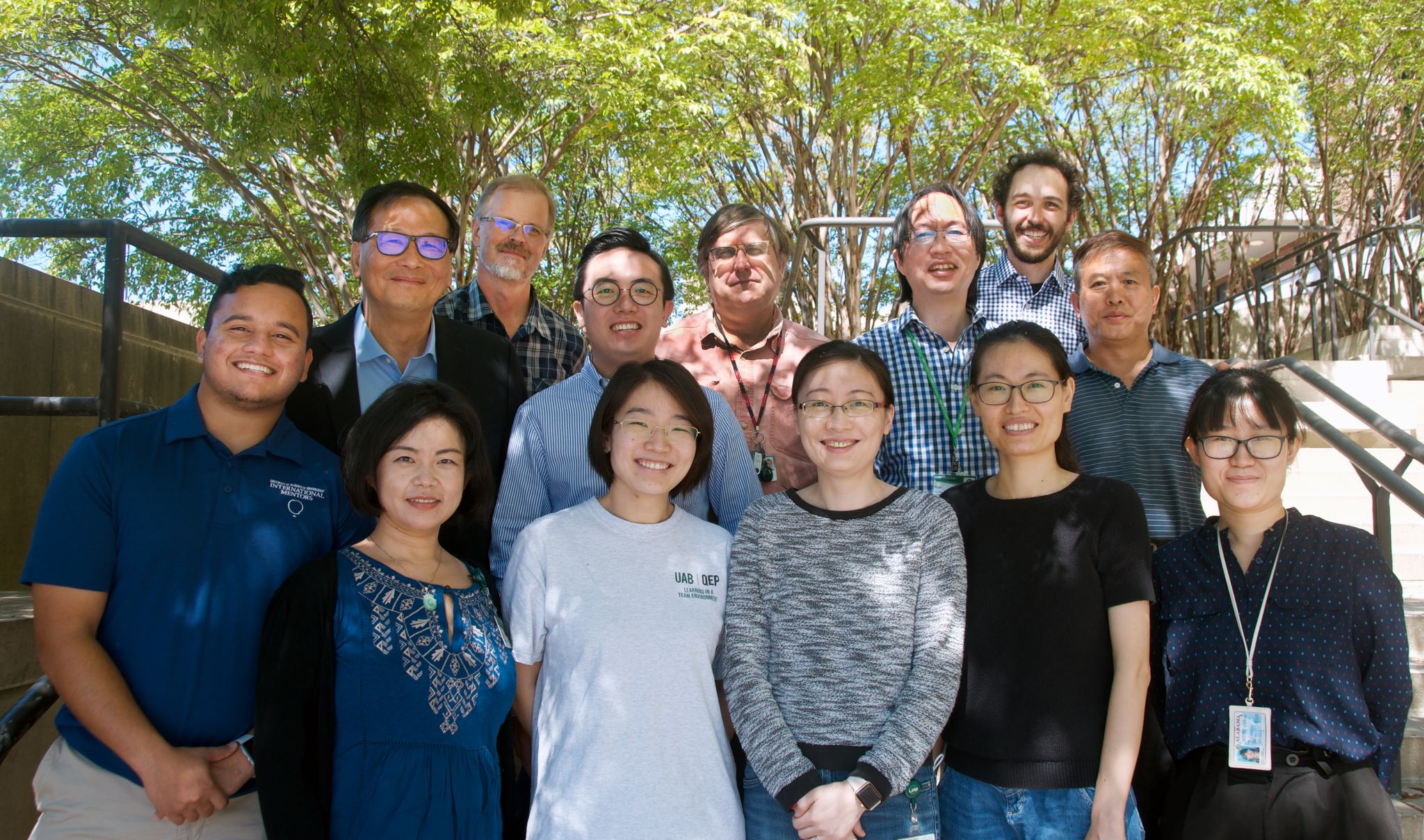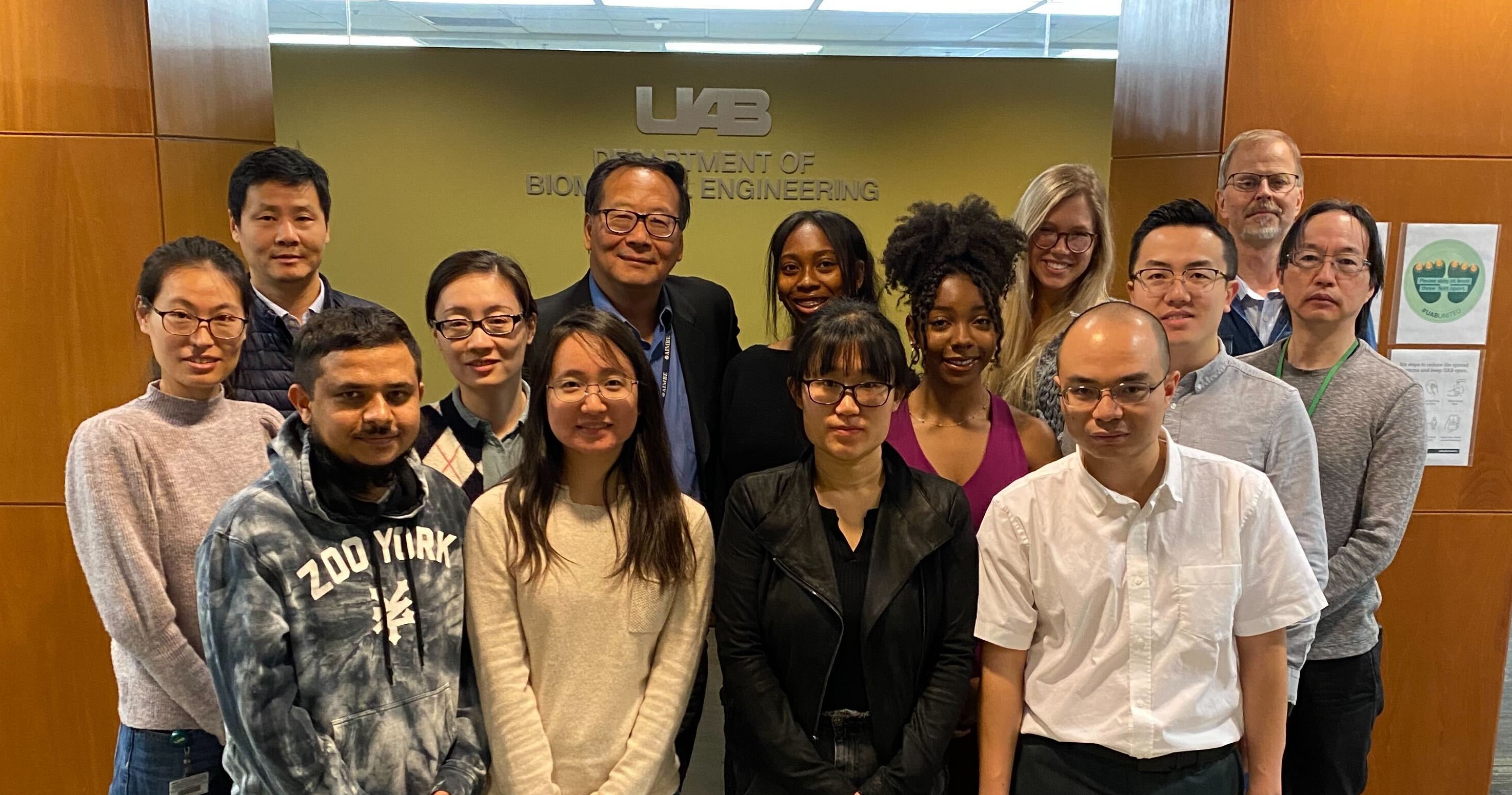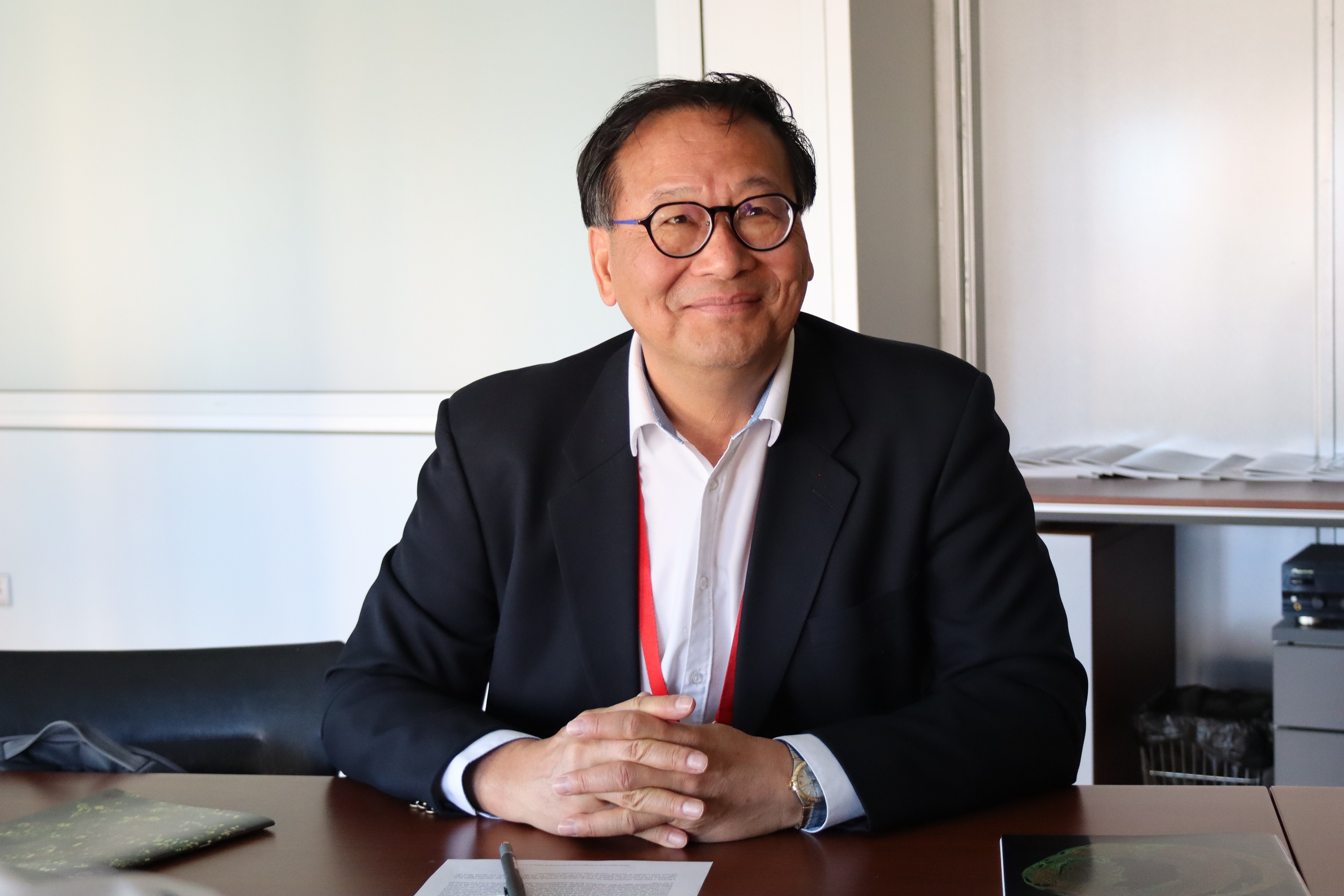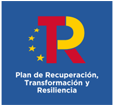Jianyi «Jay» Zhang: "This conference comes at a critical moment in medical science"
Jianyi «Jay» Zhang, Chair of the Department of Biomedical Engineering (BME), at University of Alabama -Birmingham (UAB).
Jianyi «Jay» Zhang, M.D., Ph.D., is an international leader in myocardial bioenergetics, and cells/cell-products for cardiac repair. He is a tenured Professor of Medicine and of Engineering; T. Michael and Gillian Goodrich Endowed Chair of Engineering Leadership; and the Chair of the Department of Biomedical Engineering (BME), at University of Alabama -Birmingham (UAB).
He came to UAB in October 2015 after he was chosen in a national search to lead the UAB BME department from the University of Minnesota Medical School, where he was the Engdahl Family Foundation Chair in Cardiovascular Regenerative Therapies, in addition to being a tenured professor of medicine, of biomedical engineering, of electrical engineering, and computer engineering. Zhang earned his M.D. from Shanghai Medical University in 1983 and his Ph.D. in biomedical engineering from the University of Minnesota in 1992. Since his arrival at UAB, the Department of Biomedical Engineering rose to the rank of top 10th in the nation in NIH funding (Blue Ridge Institute) in the past 7 years consecutively under Zhang’s leadership. Dr. Zhang has mentored 19 PhD students who earned their PhD degree from University of Minnesota or UAB. Dr. Zhang’s research interests include iPS technology, heart failure, and cell-products for cardiac repair. He is currently the PI of NIH multiple R01 grants, one NIH U01 grant, and one PPG that through 2027. The Zhang lab has published >200 papers in high impact journals including Circulation, Circulation Research, Cell Stem Cell, Science Translational Medicine research; he has trained more than 90 trainees, and led 19 students earning their Ph.D. He is Charter Reviewer on NIH study sections (through 2026), editorial board member for Circulation, Circulation Research, and others.
- Dr. Zhang, your recent review highlights the long timeline of developing new heart failure treatments. Why does it take so long?
The clinical end stage of heart failure is a syndrome that is caused by multiple etiology causes. Heart failure once occurred, is irreversible. The current management of heart failure is mainly prolonging the life and improving the quality of life. The history of heart failure therapies reminds us that progress takes time — often decades. For example, it took nearly 40 years to develop and optimize two therapies we now consider standard: implantable cardioverter–defibrillators and guideline-directed medical therapy. So, when we look at newer approaches, like cell and cell product therapies to repair failing hearts, we need to understand that patience and persistence are part of the process.
- Where do we stand today?
While no cell and cell products therapy has yet become regular clinical practice, we’ve learned a lot in the past years. Importantly, new clinical trials have initiated that are based on the lessons learned from the past two decades. So far, these new clinical trials have shown that cell therapies are safe, and some have shown promising beneficial effects. The field is evolving, with ongoing trials exploring new directions, including novel cell products, innovative delivery technology, and repeated peripheral IV delivery protocol.
- Could you explain why heart failure is such a difficult condition to treat?
As I said earlier, the clinical end stage of heart failure is a syndrome but not a disease. Heart failure once occurred is irreversible. Heart failure is caused by multiple etiology reasons, which remains to be one of the most significant clinical problems in public health. Heart failure is responsible for 13% of deaths worldwide today, and about half of patients die within five years of diagnosis. One of the biggest challenges is that after birth, human heart muscle cells lose their ability to divide. So, when someone has a heart attack, the damaged area becomes scar tissue that can’t contract or heal like other muscle cells. This often leads to progressive loss of pumping ability, left ventricle (LV) dilatation, and increases the risk of arrhythmias and death.
- What’s the basic idea behind cell therapy for heart failure?
The original idea was simple: if the heart can’t repair itself, maybe we can help by adding replacement cells. Over the past two decades, the field has gone through many ups and downs — testing different cell types, delivery methods, and protocols to find out what works.
- Why is repairing the heart after a heart attack so challenging?
After a severe heart attack, the heart’s left ventricle loses pumping power because heart muscle cells die and are replaced by scar tissue. Adult heart muscle cells, called cardiomyocytes, normally can’t divide, so the damaged heart can’t repair itself and often progresses to LV dilatation and heart failure.
- What breakthrough did your team achieve recently?
We’ve developed two promising strategies. First, in pigs, we showed that injecting engineered stem cell–derived heart muscle cells (derived from the HLAKO/ CCND2 OE -hiPSCs) improved heart function and reduced scar size very significantly. Surprisingly, the injected cells stimulated the pig’s own heart muscle cells to divide — something never seen before. We identified follistatin, a protein secreted by the cells, as the likely trigger.
- And your second approach?
We also developed a modified mRNA system called “cardiomyocyte SMRTs” that specifically and temporarily activates cell division in cardiomyocytes — only, but not other cell types of the heart. In mice and pigs, this approach significantly reduced scar size and improved heart function without raising the risk of dangerous arrhythmias.
- Why is the temporary effect so important?
While we want to stimulate regeneration, continuous cardiomyocyte proliferation could cause other concerns such as the overgrowth of cells or heart rhythm problems. Our system balances regeneration with safety, and potentially we could repeat this intervention as needed.
- What challenges remain before this reaches patients?
One challenge is delivering the mRNA for cell type specific targeting safely and efficiently. Right now, it’s injected directly into the heart, which isn’t practical in most patients. We need to develop targeted intra venous (IV ) delivery systems, such as using the cardiac-specific lipid nanoparticles.
- What’s the big picture here?
Together, these advances show that it’s possible to reinvent heart repair mechanisms after heart attack by “turning-back-the-clock” of the cardiomyocyte and making them proliferation/regeneration again— a major step toward therapies that could improve recovery and survival after heart attacks.
- What are some of the new directions you’re most excited about?
Several areas hold promise. We’re seeing trials with pluripotent stem cell-derived cardiomyocytes, umbilical cord tissue-derived mesenchymal stem cells, intravenous injections as a noninvasive delivery method, repeated dosing protocols, and new cell-free products like extracellular vesicle-enriched secretome and epicardial cardiomyocyte patches. These innovations could help us refine how we use cell therapies in the future.
- There’s been criticism about the slow progress and funding of cell therapy research. How do you respond to that?
Criticism is an essential part of science — it drives growth and innovation. Yes, some early trials were underpowered or not well designed, and some preclinical findings didn’t hold up in large trials. But we have learned from those lessons, and future trials are being designed with more rigor. I’m confident that this research will ultimately translate into meaningful clinical advances.
- So, do you remain hopeful about the future of cell therapy?
Absolutely. In the past 20 years, cell therapy has emerged as a promising avenue for cardiac repair. Despite substantial challenges, the field continues to advance. We should remember that the many important and effective therapies we have today took decades to develop — so there’s every reason to stay hopeful about what’s ahead.
- You have just participated in the CNIC Conference. Please could you give us an evaluation of the meeting?
This conference comes at a critical moment in medical science. It’s bringing together basic scientists, preclinical researchers, and clinical trial experts from North America, Europe, Singapore, Africa, and Asia. It’s been a fantastic meeting — a real exchange of cutting-edge research on genes, cells, engineered tissue, and new therapies, all aimed at tackling one of the biggest public health challenges we face: heart failure. I’m especially grateful to the organizers and the incredible scientists and physician-scientists who made this possible. Everyone here has really appreciated the opportunity to share and learn. I am hopeful that this annual symposium will continue for many years to come.
Jianyi «Jay» Zhang have participated in CNIC Conference: 9th Annual Cardiovascular Bioengineering Symposium











